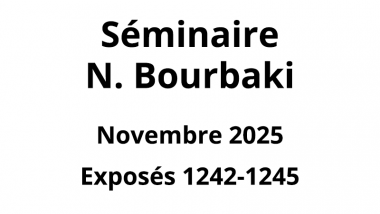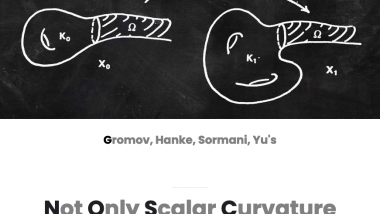Geometry and physics of covalent network glasses
Appears in collection : Combinatorics and Arithmetic for Physics : Special Days
Glasses are characterized by the absence of long-range order which defines crystalline materials. However, they possess a rich and varied array of short to medium range order, which originates from chemical bonding and related interactions. whereas covalent systems (mostly chalcogenides like As-Se, Ge-As- Se systems) or oxides (borate, boro-silicate and silicate glasses), have sparsely packed, strongly bound network structures, like tetrahedral SiO2 units or B3O3 boroxol rings. These very different structures results in different physical proper- ties and applications. We present a simple mathematical model of glass transition based on the anal- ysis of molecular agglomeration in overcooled liquids. The model uses the space of probabilities of appearance of given local structures, and their slow time evo- lution during annealing from a liquid melt. The evolution of probabilities is de- scribed as action of an appropriate stochactis matrix. The glass transition is de- fined as a fixed point resulting from the requirement of maximal homogeneity. With simple assumptions concerning local configurations and their bonding en- ergies, and with elementary combinatorics we are able to derive the dependence of the glass transition temperature Tg on chemical composition in non-organic covalent glasses. Numerous examples are shown to confirm the validity of the stochastic agglomeration model.











